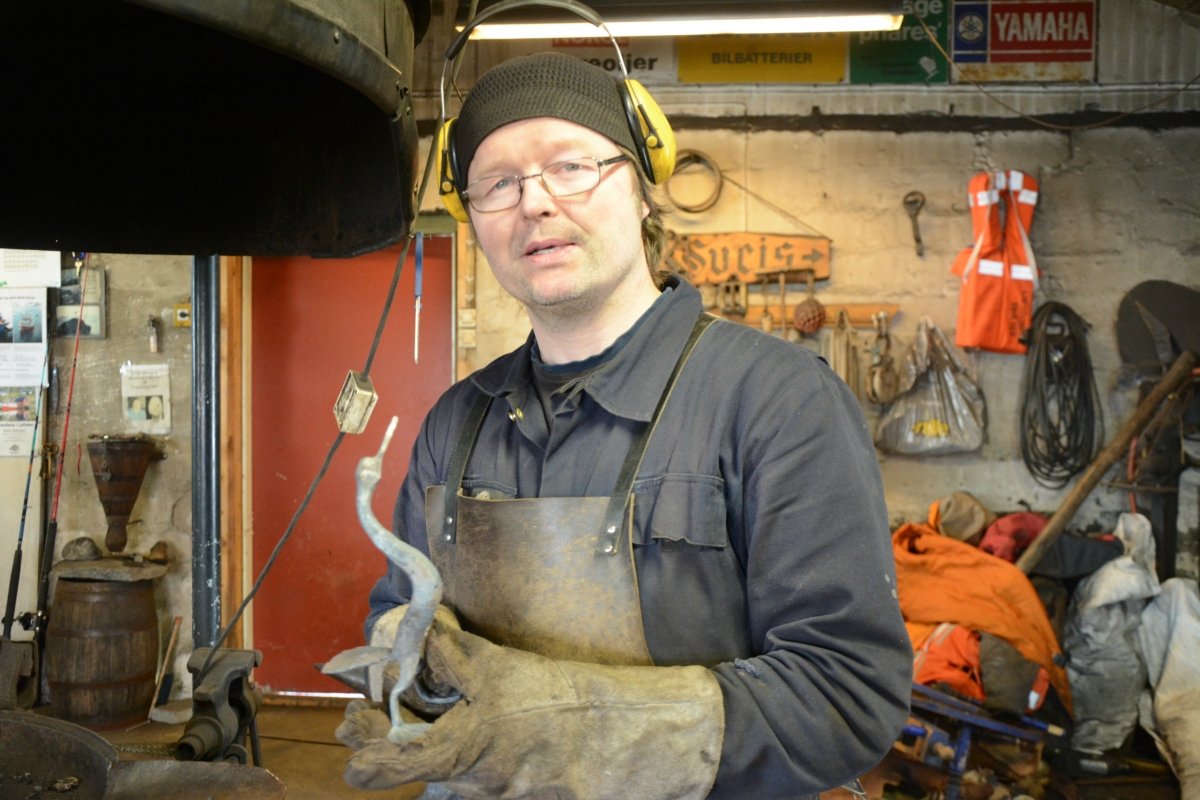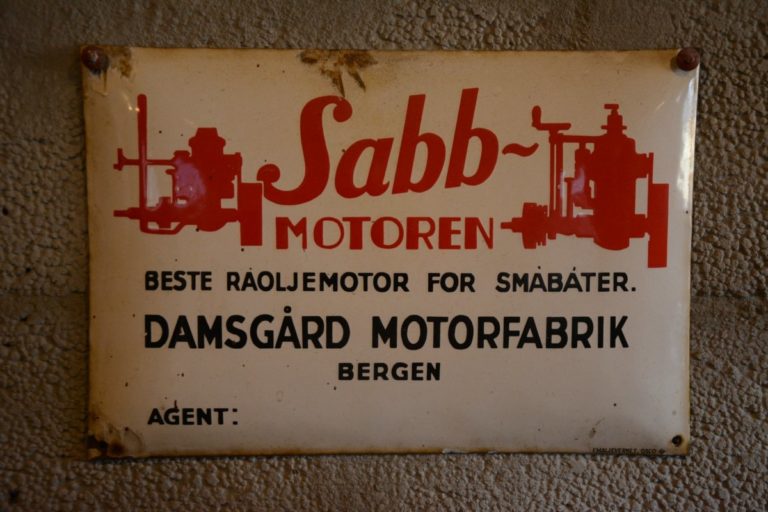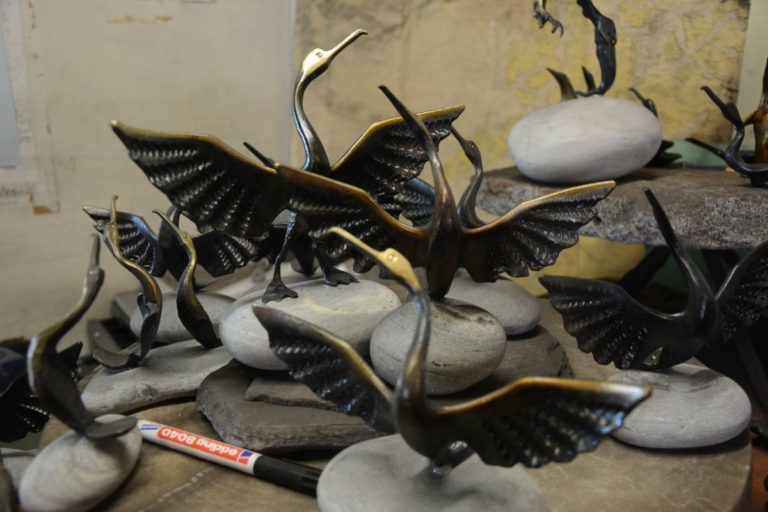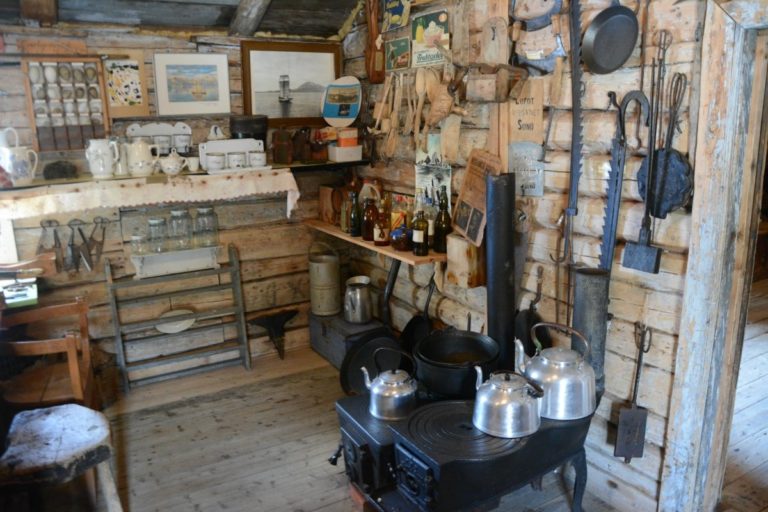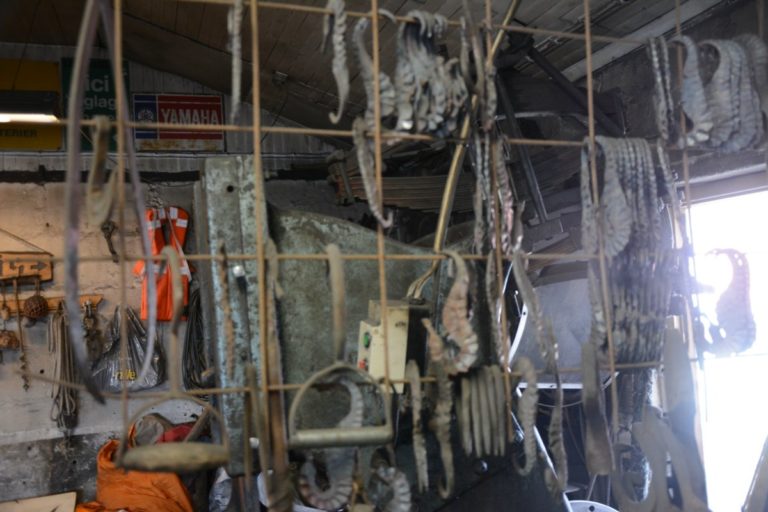In the tiny fishing village of Sund on Flakstadøya Island is a blacksmith who makes wrought-iron cormorants all year round. Perched on stones, these little cormorants are perfect for an alcove by the fire or a kitchen window. Cormorants have been made here for more than fifty years, and visitors can stand in the warm glow of the forge and watch the smith as he shapes the cormorants’ long necks. Tor-Vegard Mørkved is the blacksmith, and he works more or less all year round. The ‘old blacksmith’ Hans Gjertsen started here as a small business in the 1960s, and is famous for having given King Olav V the gift of a king cormorant when the Lofotveien road opened in 1963. Tor-Vegard has been running the smithy since 1989.
Cormorants play a part in Northern Norwegian folk legend
The black cormorant’s habitat is the outermost shoreline along the edge of the open ocean, where it stands drying its wings before its next dive. It’s no wonder that fishermen have many beliefs about them. The legend of Utrøst, the land of the hidden huldre-folk, a myth of a sunken land like Atlantis, tells of a happy country under the sea where cod livers, sour-cream porridge and bread rings are plentiful. Legend has it that some of the birds we see on the coast come from this undersea world and have taken the form of cormorants.
The cormorants are more than just a mantle piece sitter
A cormorant on a stone appeals to coastal people, whether they are fishermen or work for the municipality. This means that there are more than a few cormorants from the Blacksmith of Sund standing in alcoves above fires along the coast. One man called in and said that he had looked at the cormorant on the kitchen shelf every day as a boy. Now his sister had inherited the cormorant, and he wanted one of his own. Tourists who have seen cormorants all along the shores of Lofoten are also captivated by the simple design and the bewitching legends associated with them.
The smith produces something unique you won’t find elsewhere
Cormorants are the Blacksmith of Sund’s main product. No two are alike, as it’s impossible to mass-produce them using traditional blacksmith’s methods. Every now and then, Tor-Vegard succumbs to temptation and elongates a neck to make a cormorant taller, more elegant and stylised, while at other times he will make his birds more natural and true to nature. You just have to choose which you like best. But there are other things here too, such as clever little scenes, cyclists, skiers, blacksmiths at work, and lots more.
The Sund Fishing Museum brings together local artworks
Sund Fishing Museum is in the same complex, and is a fascinating local museum full of exhibits from the rich coastal culture of Lofoten. It’s a private collection that doesn’t receive any kind of support, and the exhibits have been donated by the local people of Sund and further afield in Flakstad municipality. This means that it’s a completely authentic local museum and a fascinating place to poke around.
For boat enthusiasts it is worth a visit
The collection of boat motors brings back old memories for anyone who has lived on the coast. Its gems include a Danish four-stroke engine from 1908 and a Swedish Bolinder from 1916. These were the years in which the fishing fleet started switching to motors, and the boat motor collection traces developments right up to the modern day. There is also a large collection of Nordland boats of various sizes in a boathouse, where you can also see a tanning vessel, nets and lines. A plate from the side of the German battleship ‘Tirpitz’ also adds extra atmosphere to the collection.
An authentic Rorbu cabin is on site
One of the buildings in the complex is an authentic fishermen’s cabin, not like those that have been renovated for tourists. It is divided into two parts, the inner of which could be heated and provided accommodation for an entire boat’s crew. The authentic furnishings show how cramped and simple the conditions were for fishermen. The outer part, the storage room, was unheated, and this was where they stored their nets, lines and fishing equipment.
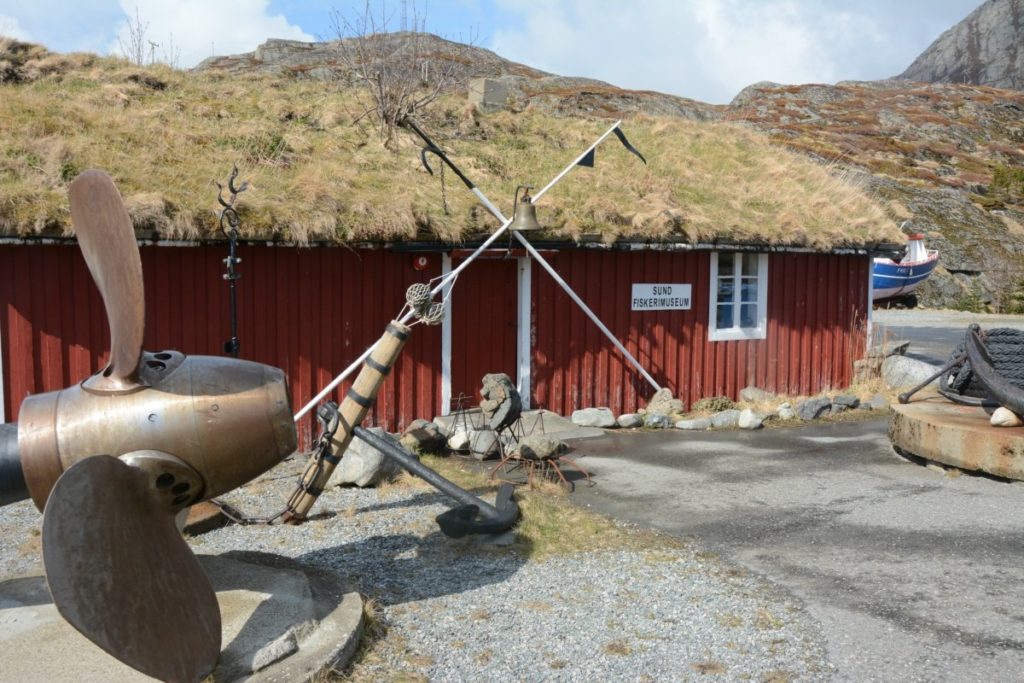
Visiting the Blacksmith of Sund
Sund is a short detour south off the E10, the National Tourist Route through Lofoten. The Stampen cafe is open in the summer season, and offers coffee, waffles and a view of the Lofoten Wall as far out as Mosken and Værøy. If you don’t have room for a cormorant in your suitcase, it’s still an experience to watch one being made. In other words, there’s no pressure to buy.

Visit Lofoten
For all the information you need about visiting Lofoten,including the Blacksmith of Sund, simply check out the Visit Lofoten webpage.
